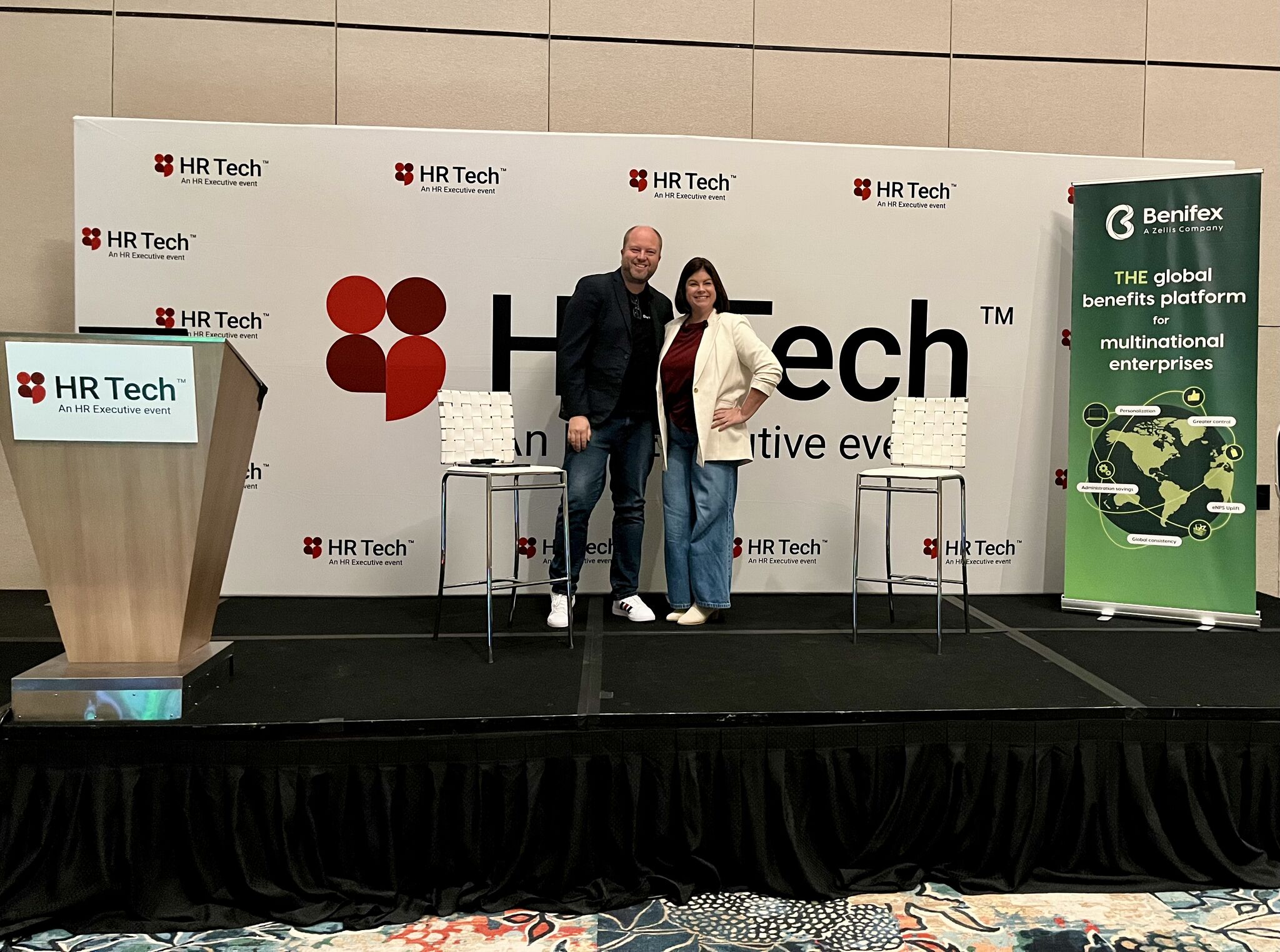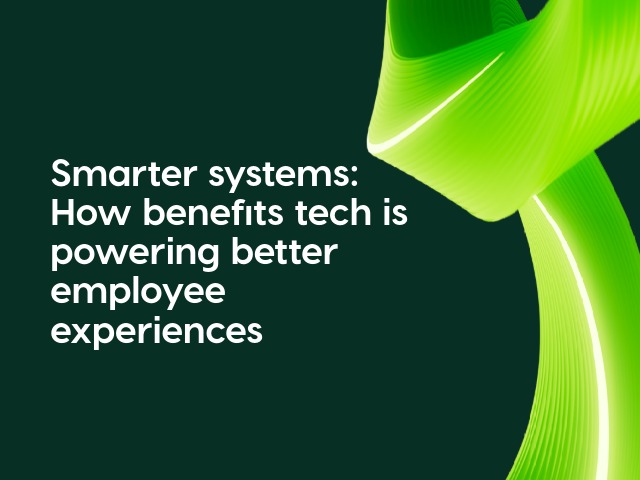
Blog, Employee Benefits
Inclusive employee benefits: don’t forget accessibility and flexibility
04.03.25
Organisations must ensure that all employees are supported and no one is inadvertently excluded.
Diversity, equity and inclusion (DEI) has been topping the agenda for businesses in recent years as organisations aim to create an inclusive culture that welcomes and supports employees from all backgrounds.
To meet future skills requirements, employers must be able to reach new talent pools and welcome all people into their workplace.
But, as Dr Zaheer Ahmad, global head of diversity, equity and inclusion at GSK, points out, “few companies are applying an intersectionality lens to diversity. They are still approaching diversity in a binary way, not recognising the multiple identities people can have.”
For diversity and inclusion initiatives to be successful, they must inform, and form part of, all the experiences that employees have at work. And employee benefits play a crucial role in this progress towards inclusion.
Although 69% of employees feel their organisations have made moderate or significant progress in encouraging diversity and inclusion in the workplace, there is still a way to go.
By examining their benefits through the lens of accessibility (who the benefit is available to) and flexibility (how can it be applied), organisations can ensure that their benefits are inclusive and open to all employees.
Accessibility is key to inclusivity
One of the first steps to creating an inclusive benefits package is to ensure that all employees have equal access to it. This means re-examining selection processes, eligibility criteria and communications to ensure that they do not inadvertently exclude anyone.
To ensure accessibility, organisations should review their benefits using the following considerations:
- Do your insurance benefits discriminate against minority groups by being based on seniority?
- Do you have financial wellbeing benefits that address disparities in pay and pensions?
- Is the language used in communications and eligibility criteria inclusive and easy to understand?
- Are employees from minority groups aware of the benefits offered and is it easy to access them?
- Does your benefit scheme reflect all types of modern families?
Flexibility is vital
The traditional one-size-fits-all approach to benefits is no longer sufficient in today’s diverse workforce. Many organisations have started to take a more personalised approach that takes into account the specific needs of different employees, rather than focusing solely on the traditional benefits. This is where flexibility comes in.
To ensure flexibility, organisations should ask themselves questions such as:
- Does the benefit scheme support people across all life stages? Different age groups face different health challenges and have different priorities.
- Are employees able to make changes when they need to? For example, when they have a life event like getting married or having children.
- Are there alternative options available for employees who may not be able to access certain benefits? Virtual GPs, for example, can benefit less physically abled employees.
- Are there specific benefits tailored to the needs of minority groups, such as menopause support for women?
Incorporating benefits into DEI strategy
More and more, organisations are starting to understand the specific needs of minority groups – implementing employee focus groups, surveys and more. Meeting employees’ needs means taking an intersectional approach that recognises the multiple identities that employees can have and the unique challenges they may face – and tailoring the organisation’s benefits strategy to fit.
For example, a survey of 2,000 women conducted earlier this year revealed that 25% of women aged 45 to 67 are unhappy at work due to lack of menopause support, with 60% reporting that their workplace doesn’t have a suitable policy in place.
Employee benefits like Syrona’s enable employees to track menopause symptoms and provides access to specialists and support that is otherwise not available through the NHS, including medicinal and natural alternatives, information and more.
Recently, Channel 4 made global news as the first media company to introduce a menopause policy after the employee-led 4Women network identified this as an area where employees needed more support.
Seven top benefits to consider for an inclusive benefits scheme
- A private medical insurance plan, which covers the cost of private medical care.
- A Healthcare Cash Plan that allows employees to claim back everyday healthcare costs such as dental and optical check-ups, physiotherapy, inoculations and private health screenings.
- Dashly, a free financial wellbeing solution that helps homeowners find the best mortgage deal.
- Critical illness cover, which provides a lump-sum pay-out in the event of serious illness.
- SORA, a life-stage digital health tool that provides holistic support for women, men, trans and non-binary individuals on health issues such as fertility, sexual health, endometriosis, PCOS, parenthood, menopause/andropause, mental health support and more.
- An employee assistance programme, which is a fundamental benefit that enables employees to access guidance, advice and even counselling. With phone and online help, it’s accessible to all employees.
- A cycle-to-work benefit that enables employees to buy higher-quality cycle equipment. Electric bikes are available on the scheme, so people with physical disabilities could benefit from this.
To find out more about how to ensure your benefits champion diversity and inclusion goals, download our report, Understanding the latest DEI data to create a more inclusive benefits package.
Originally posted on REBA

Abigail Quartey
Health consultant, Benifex


